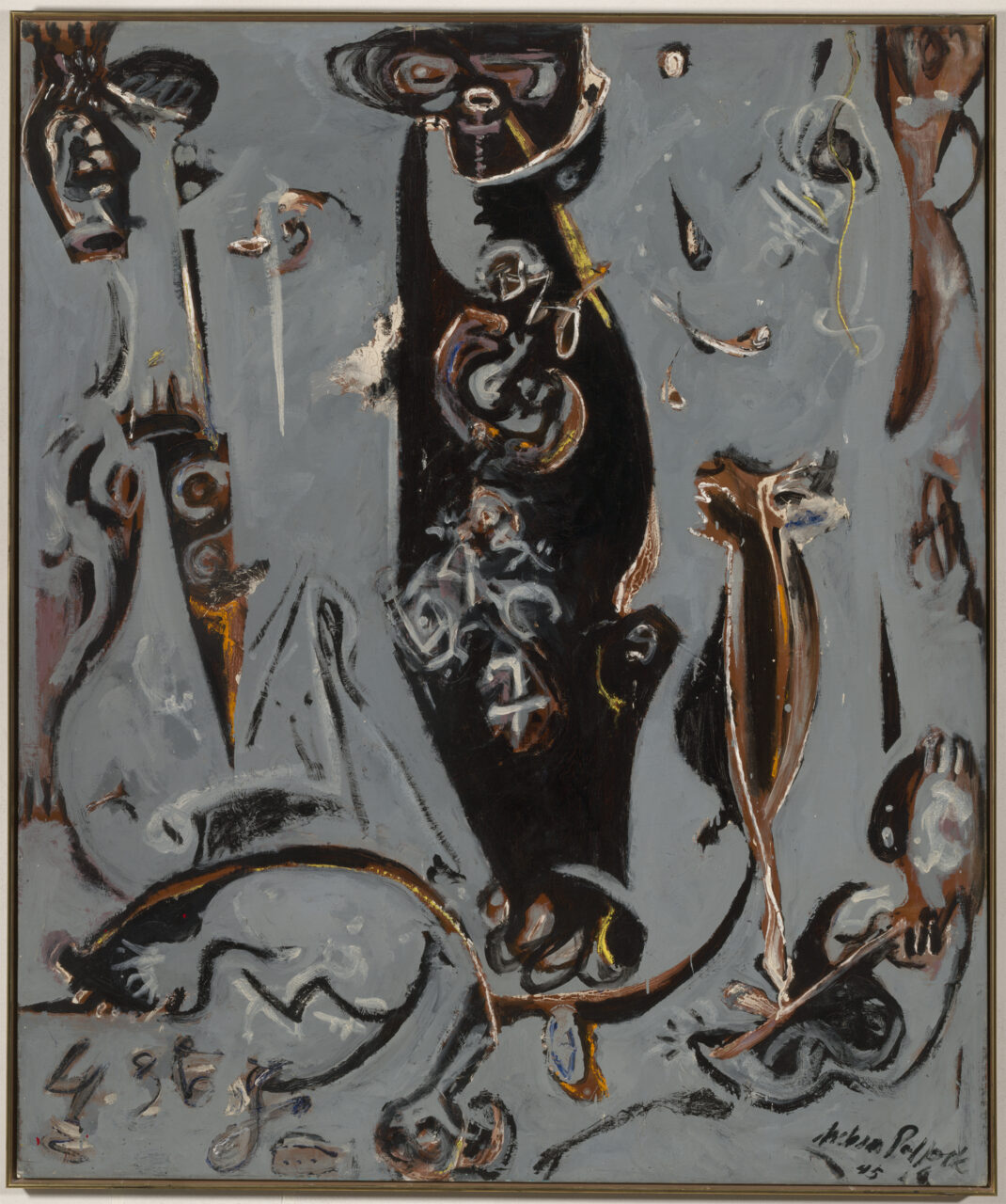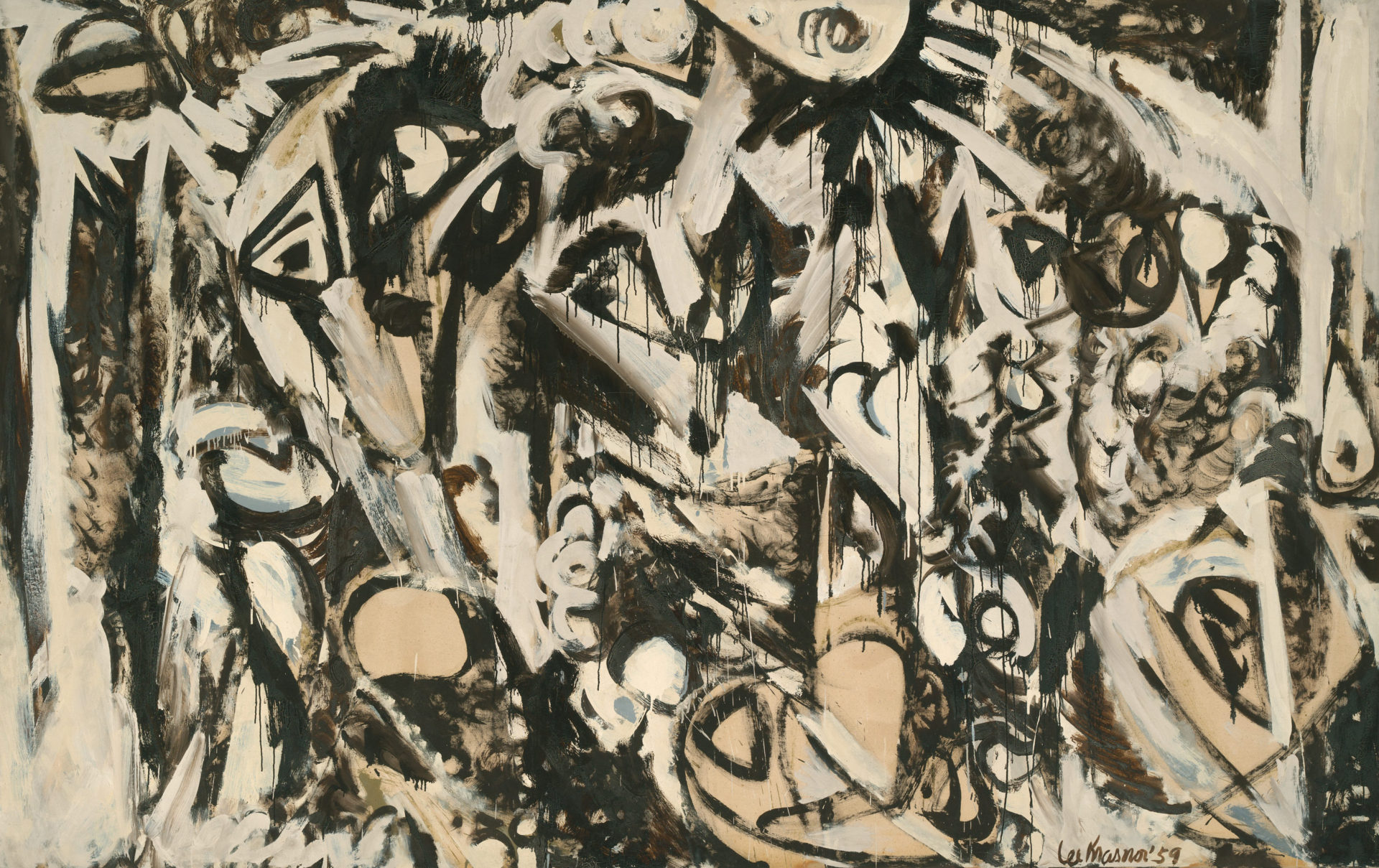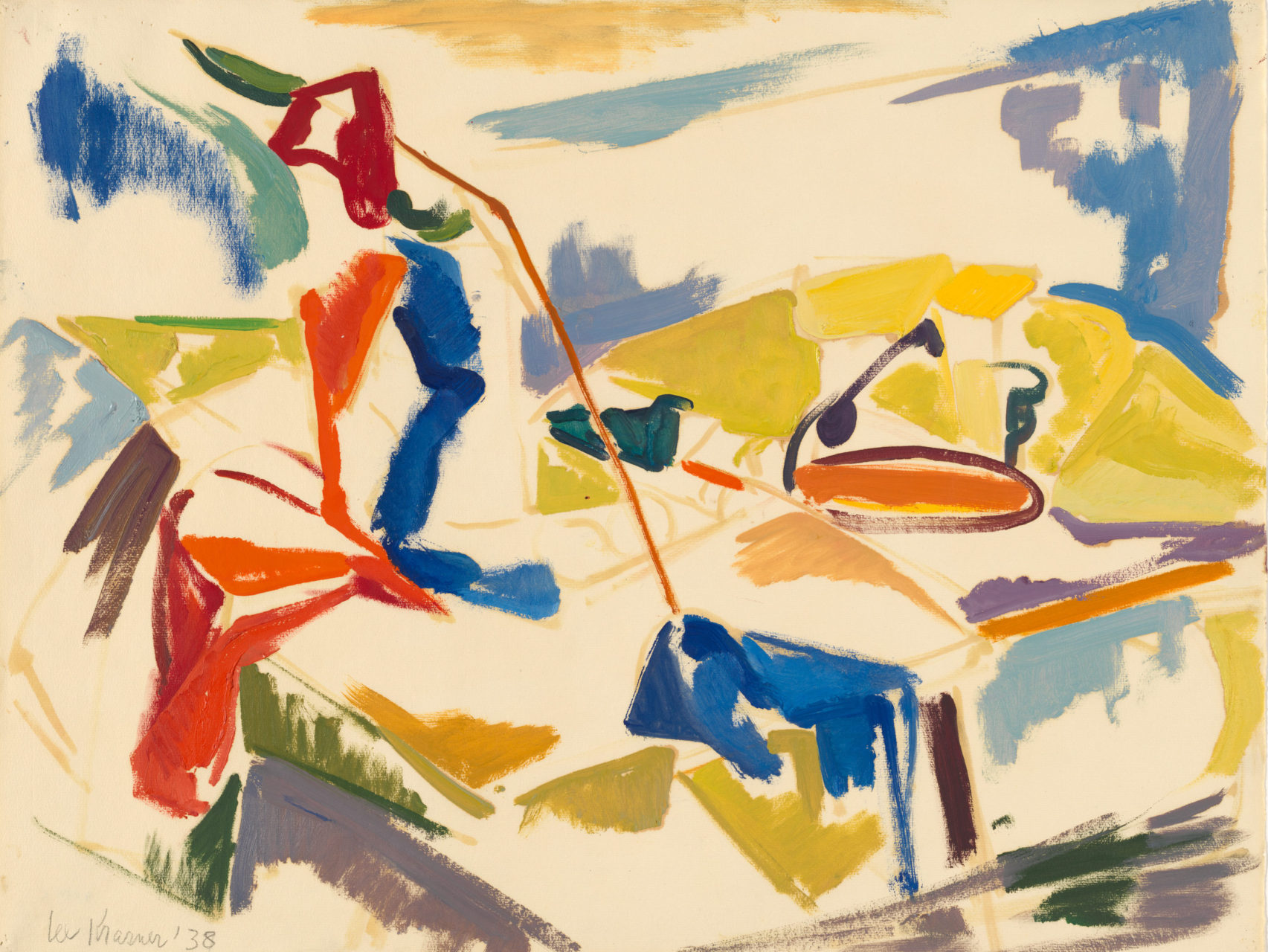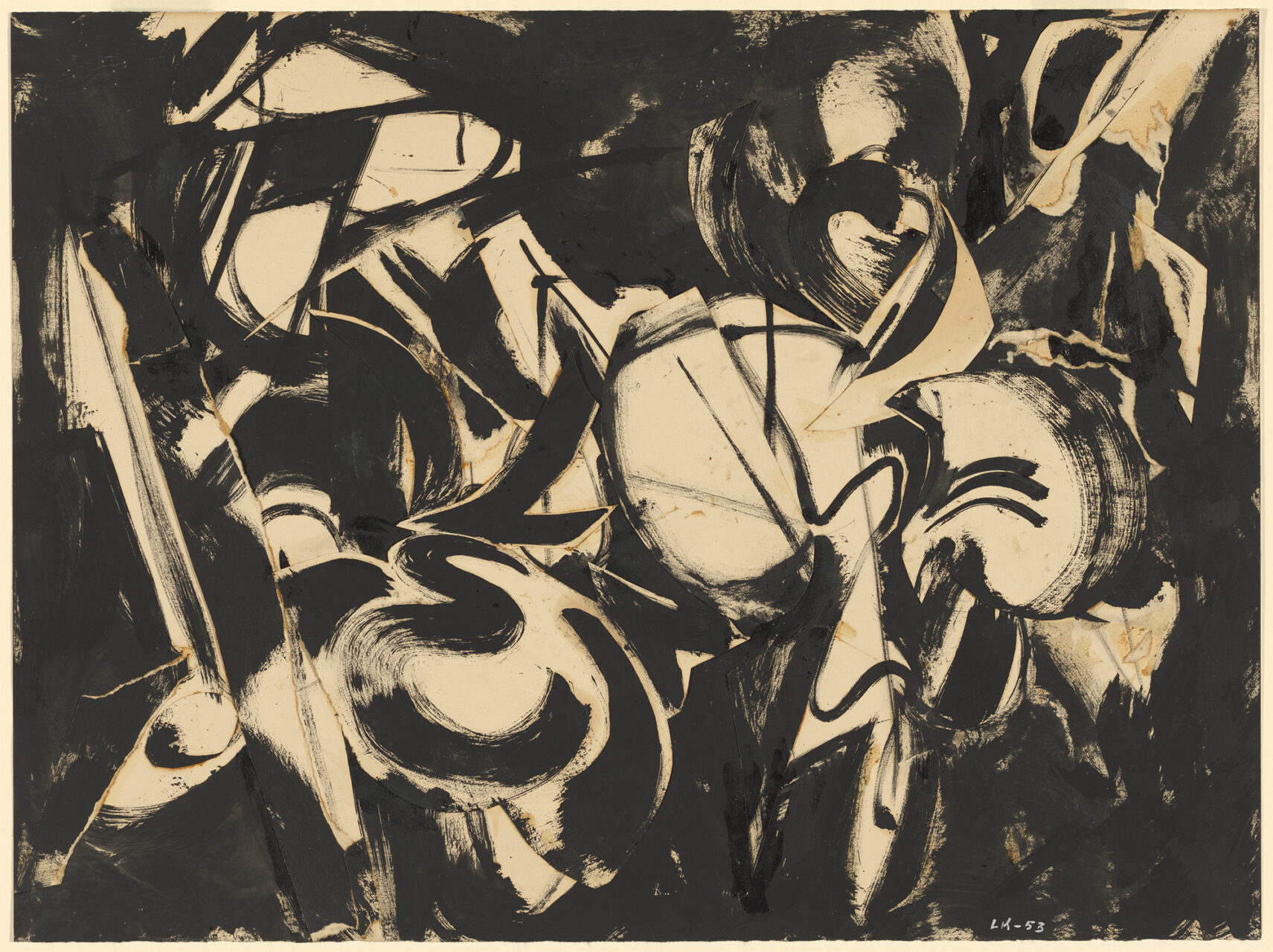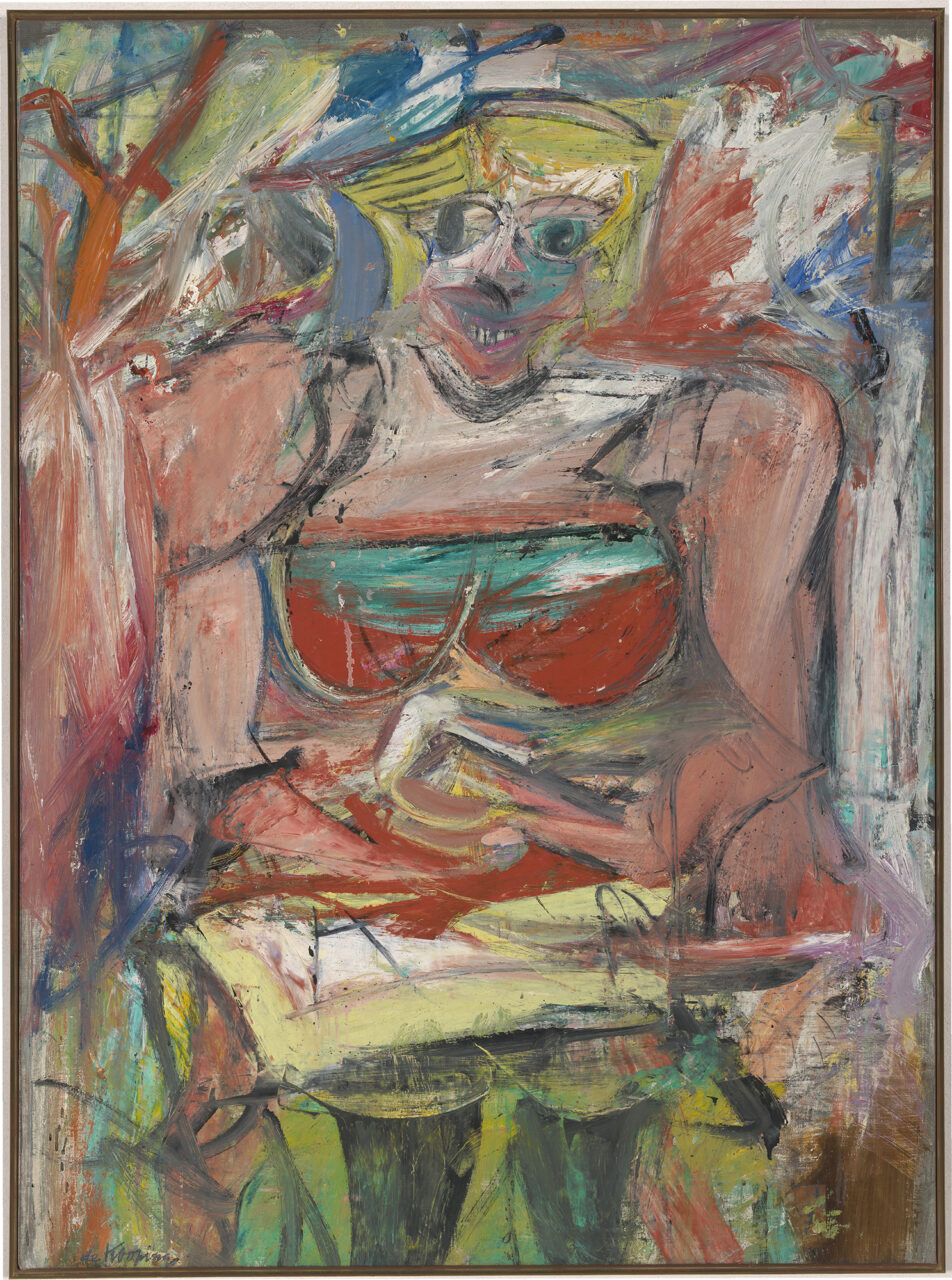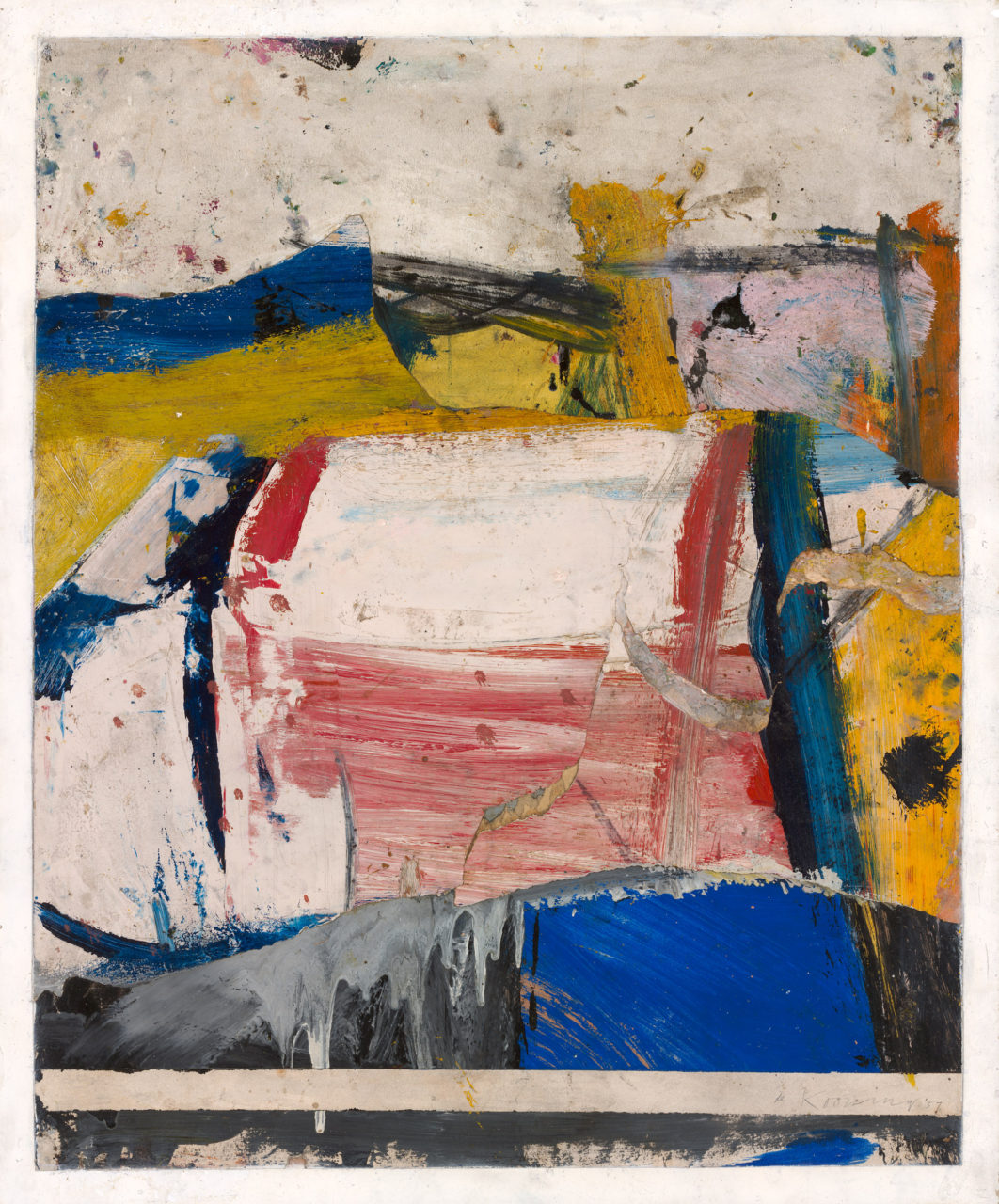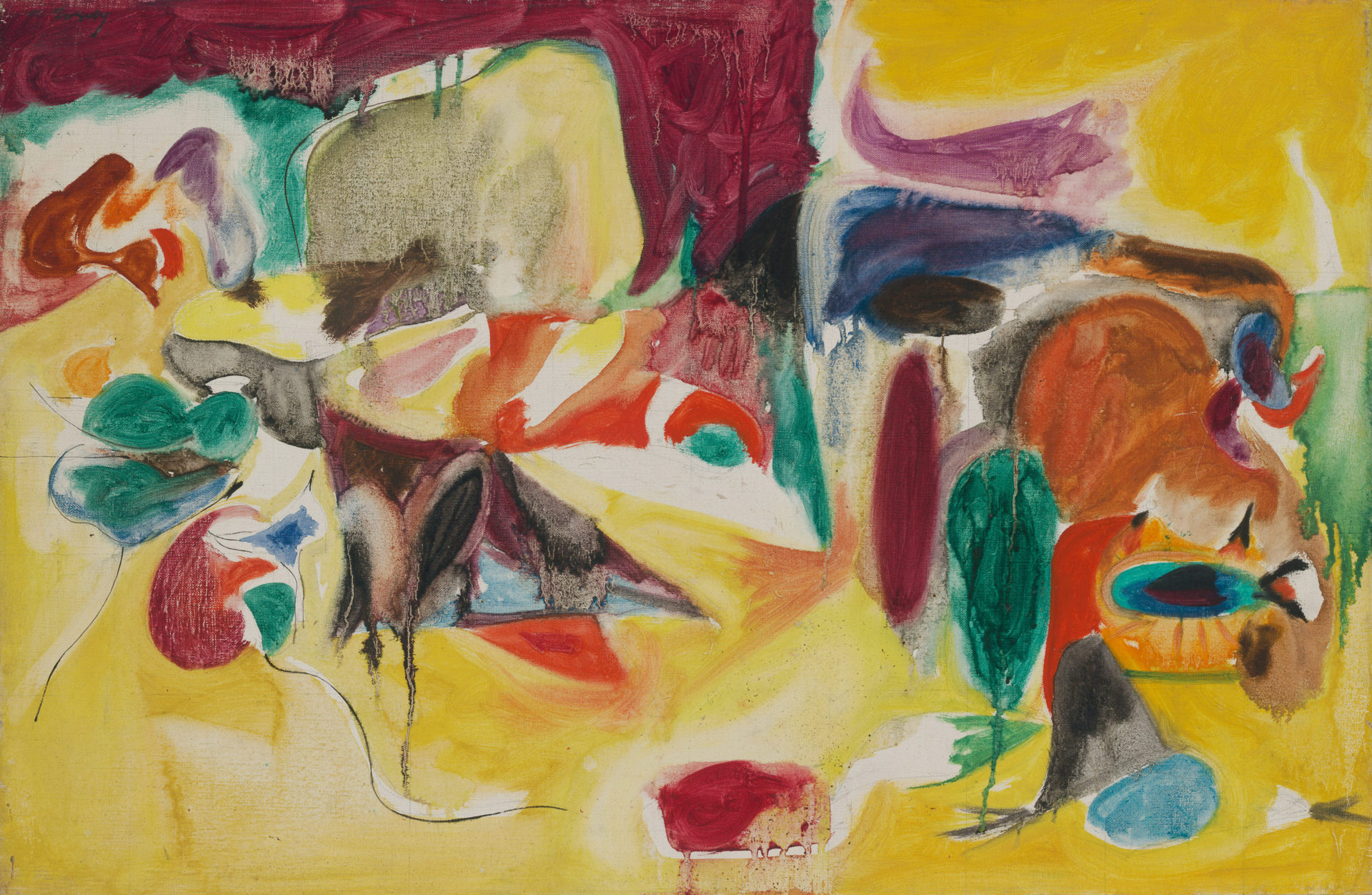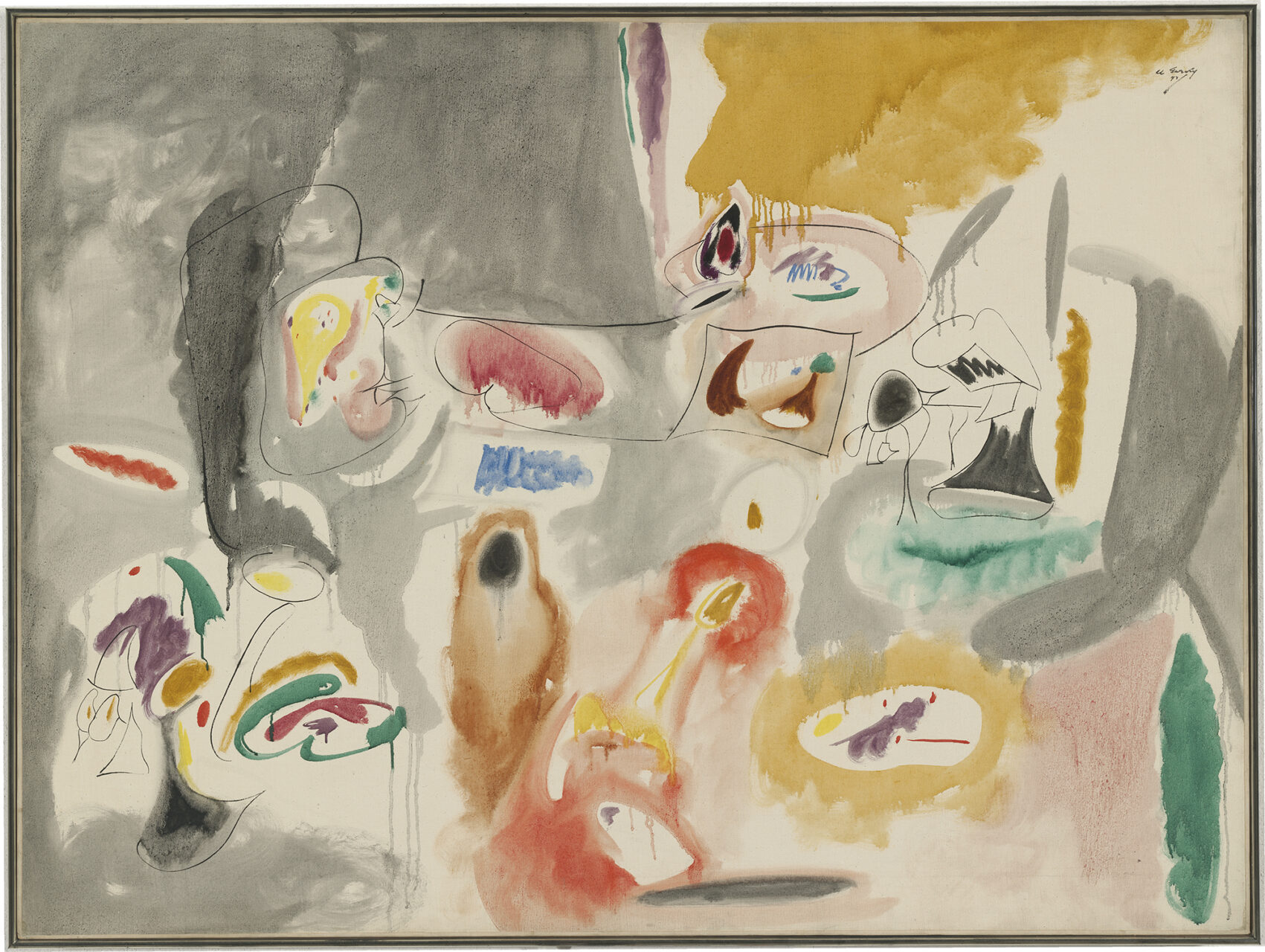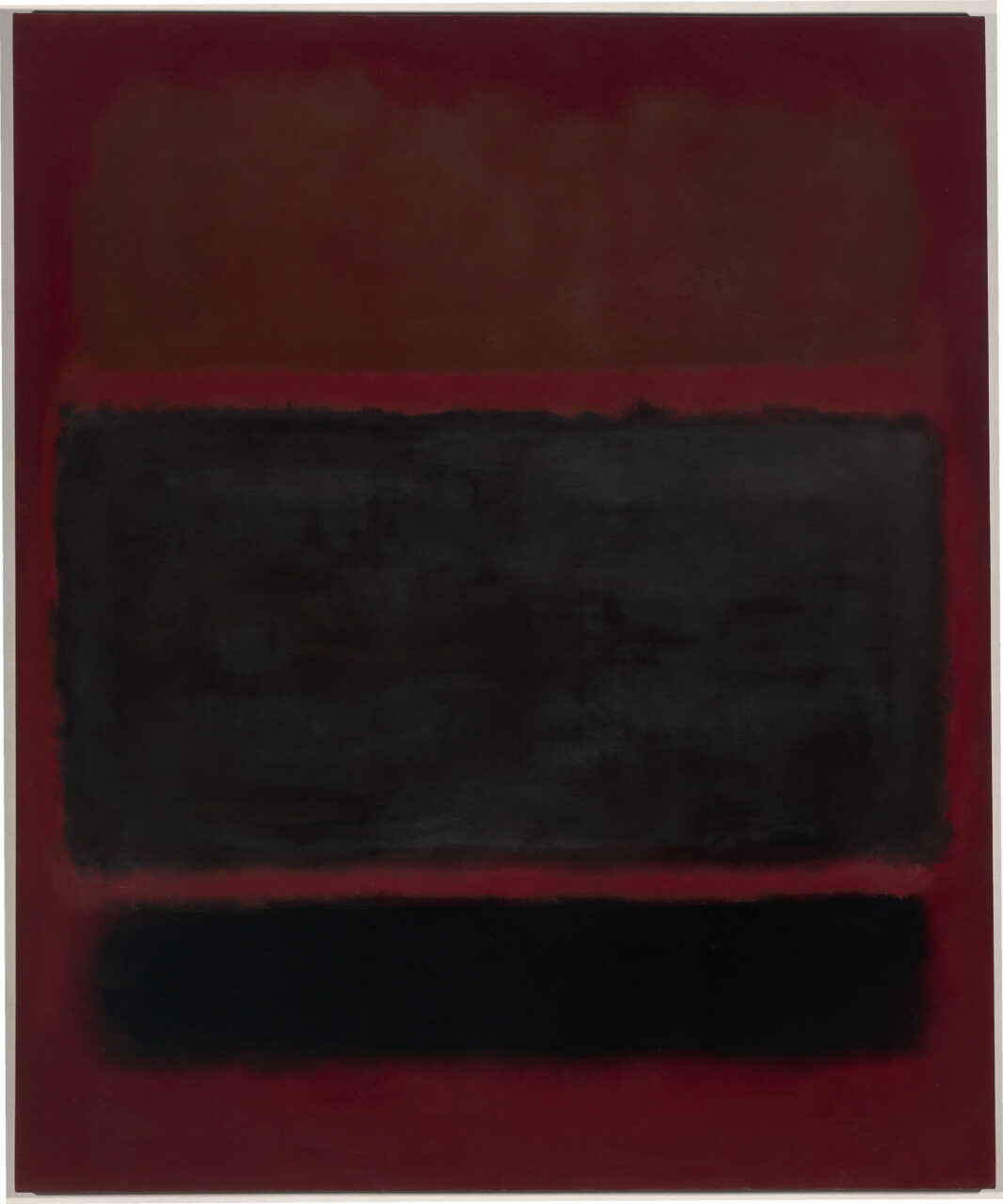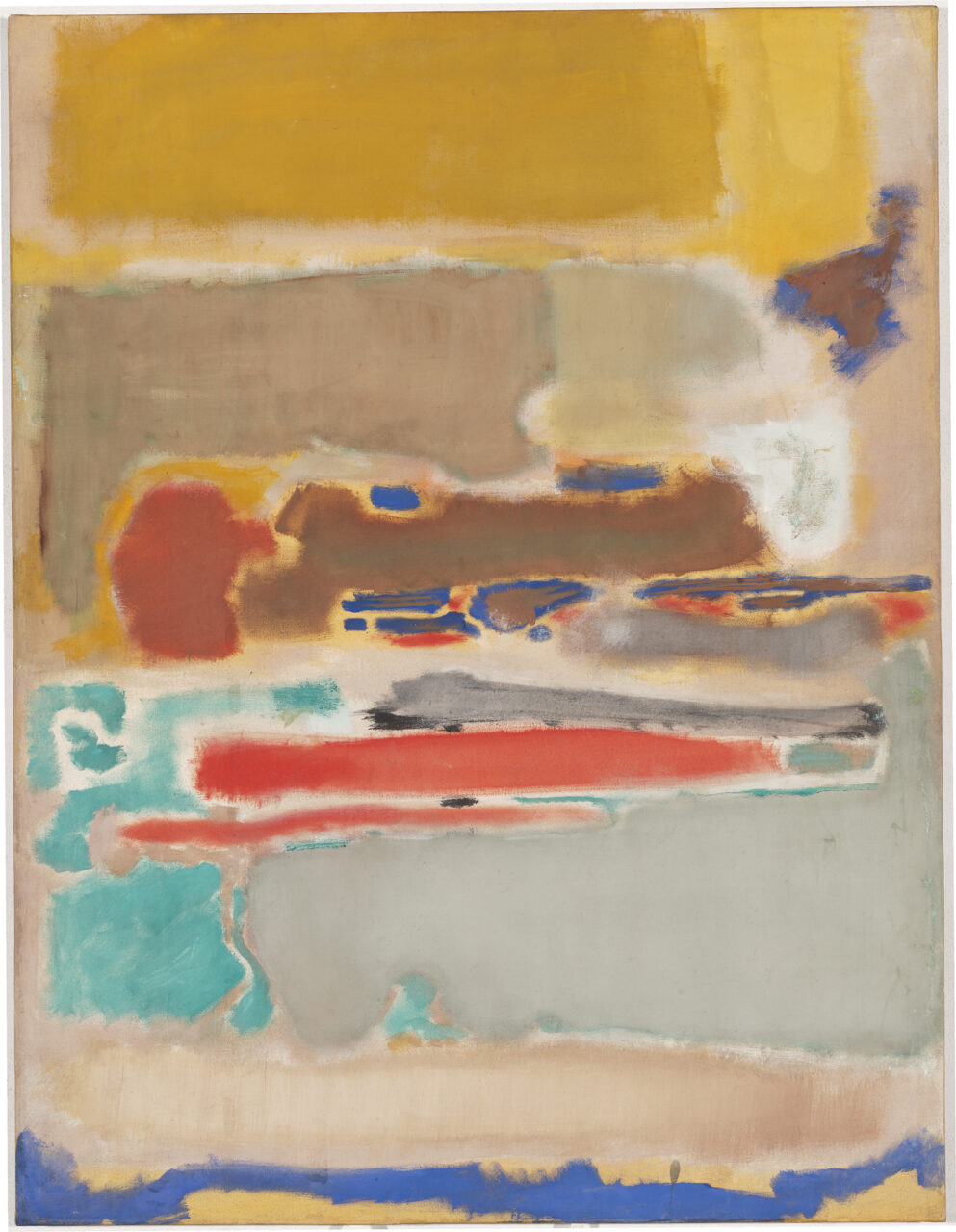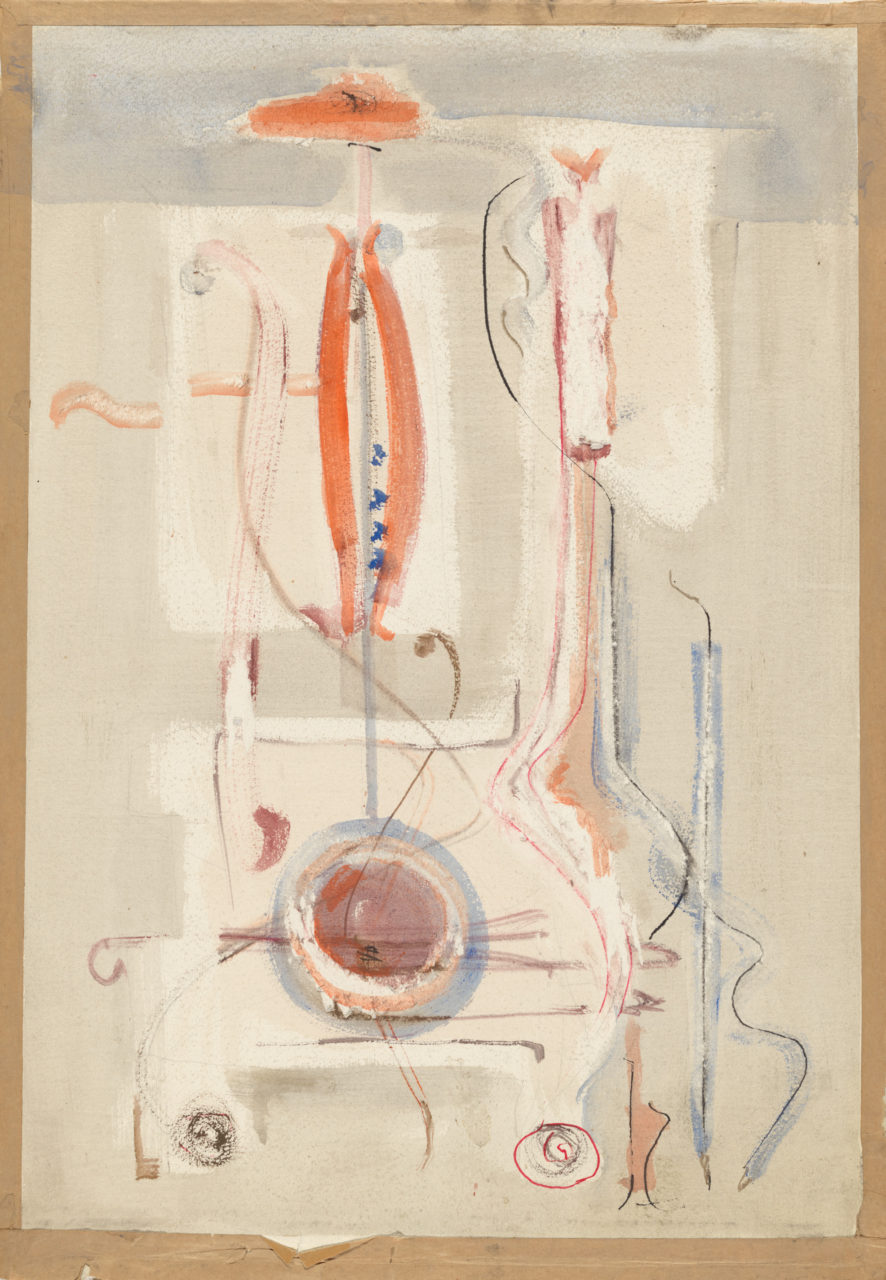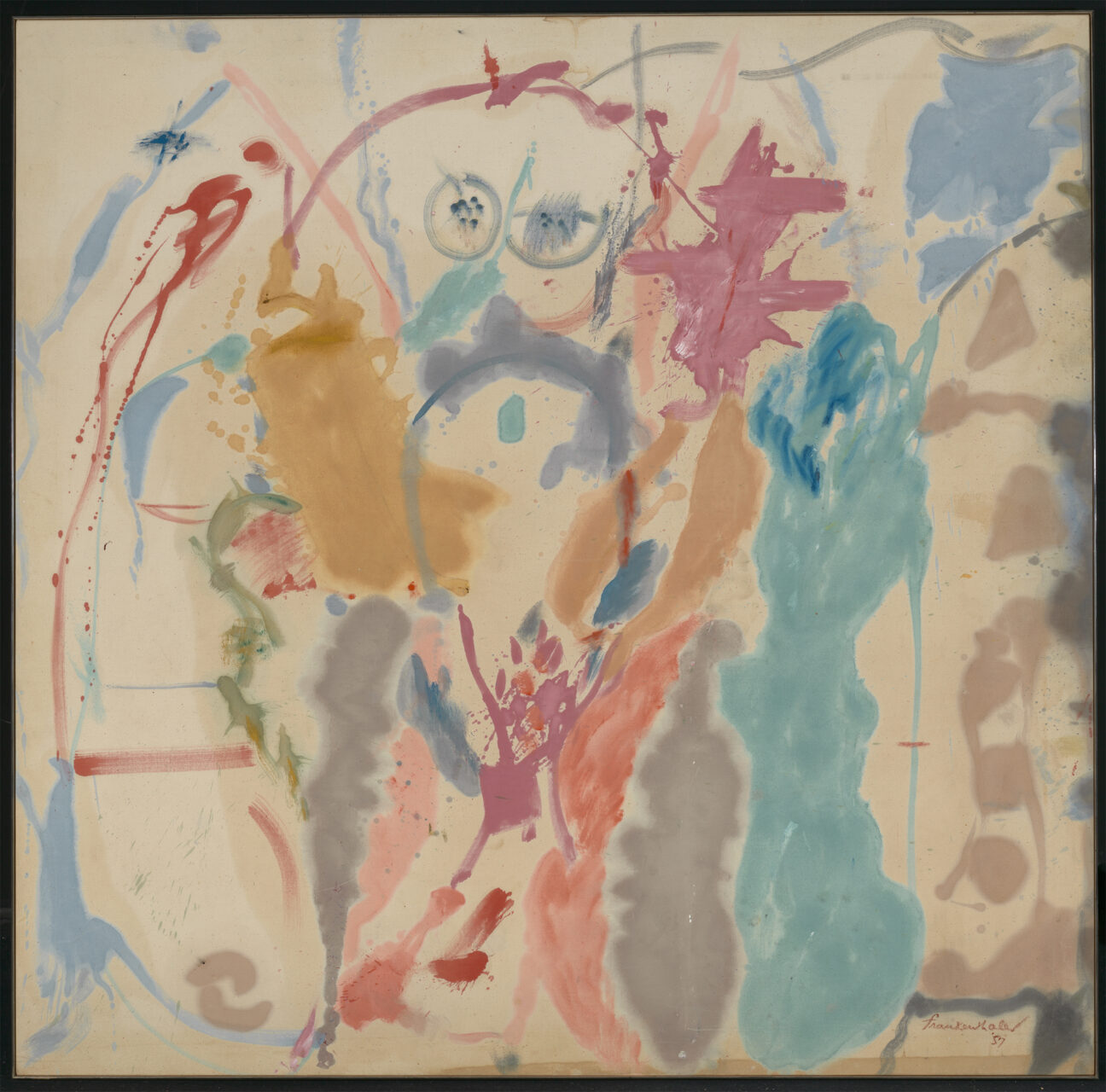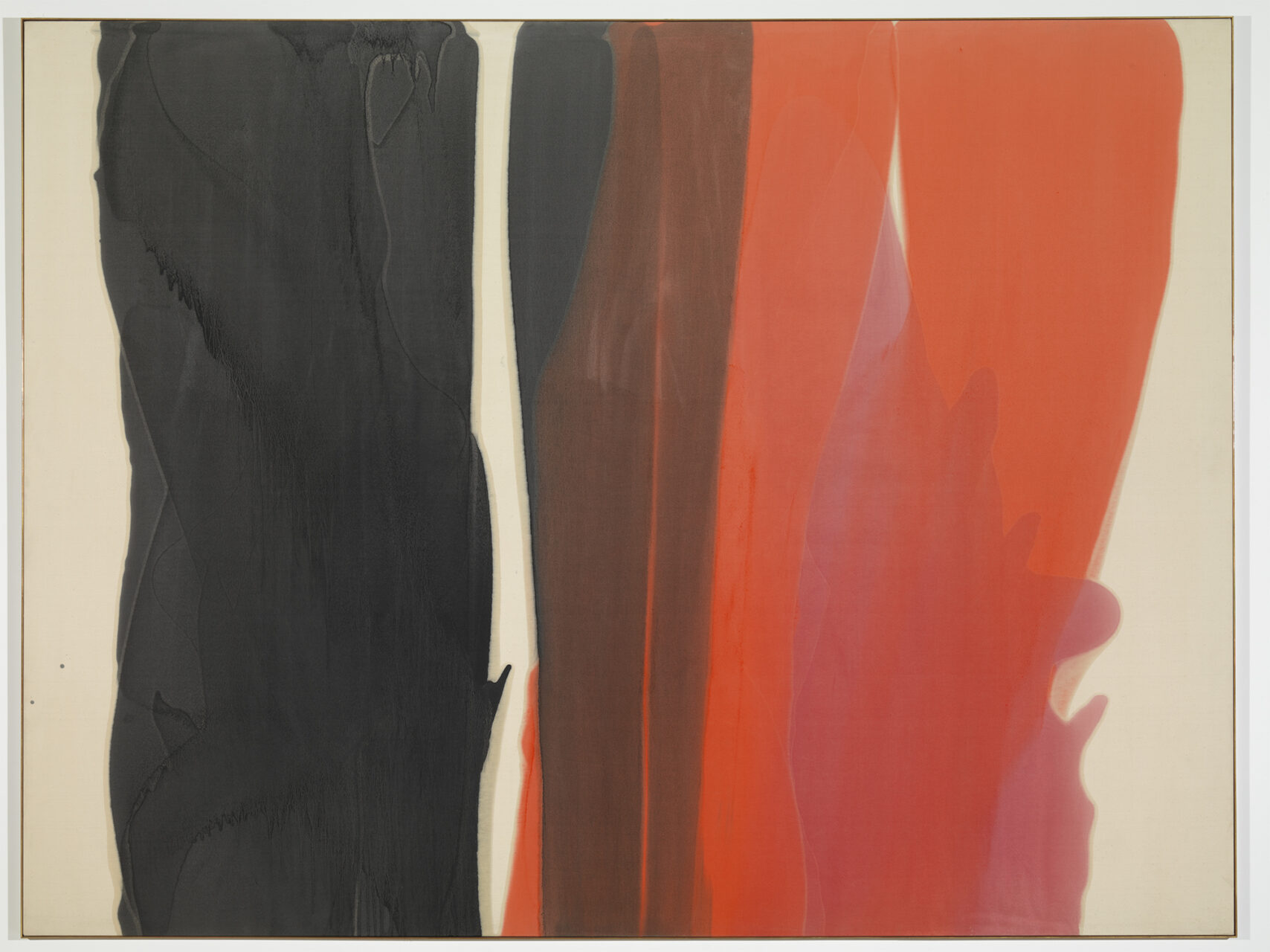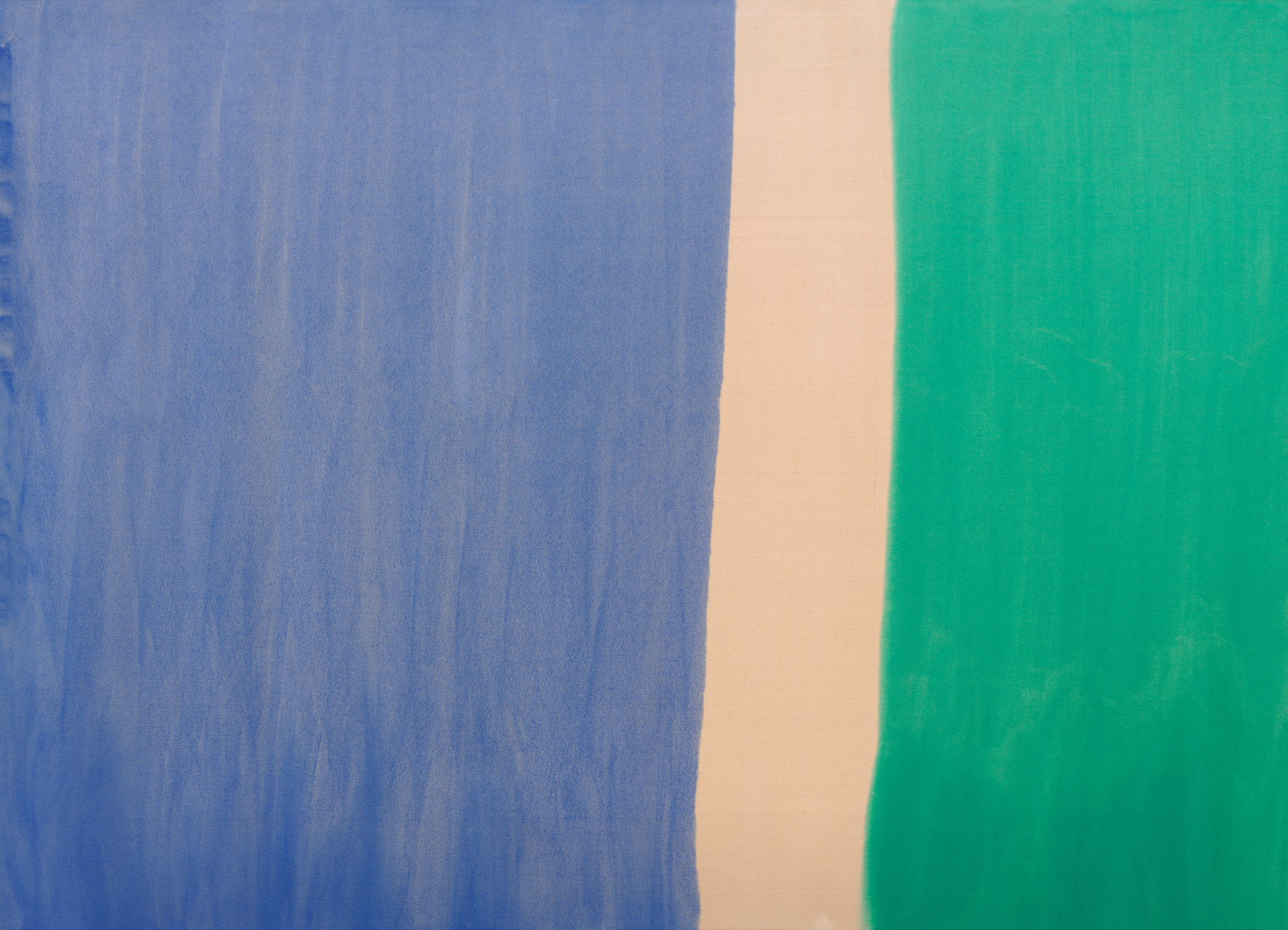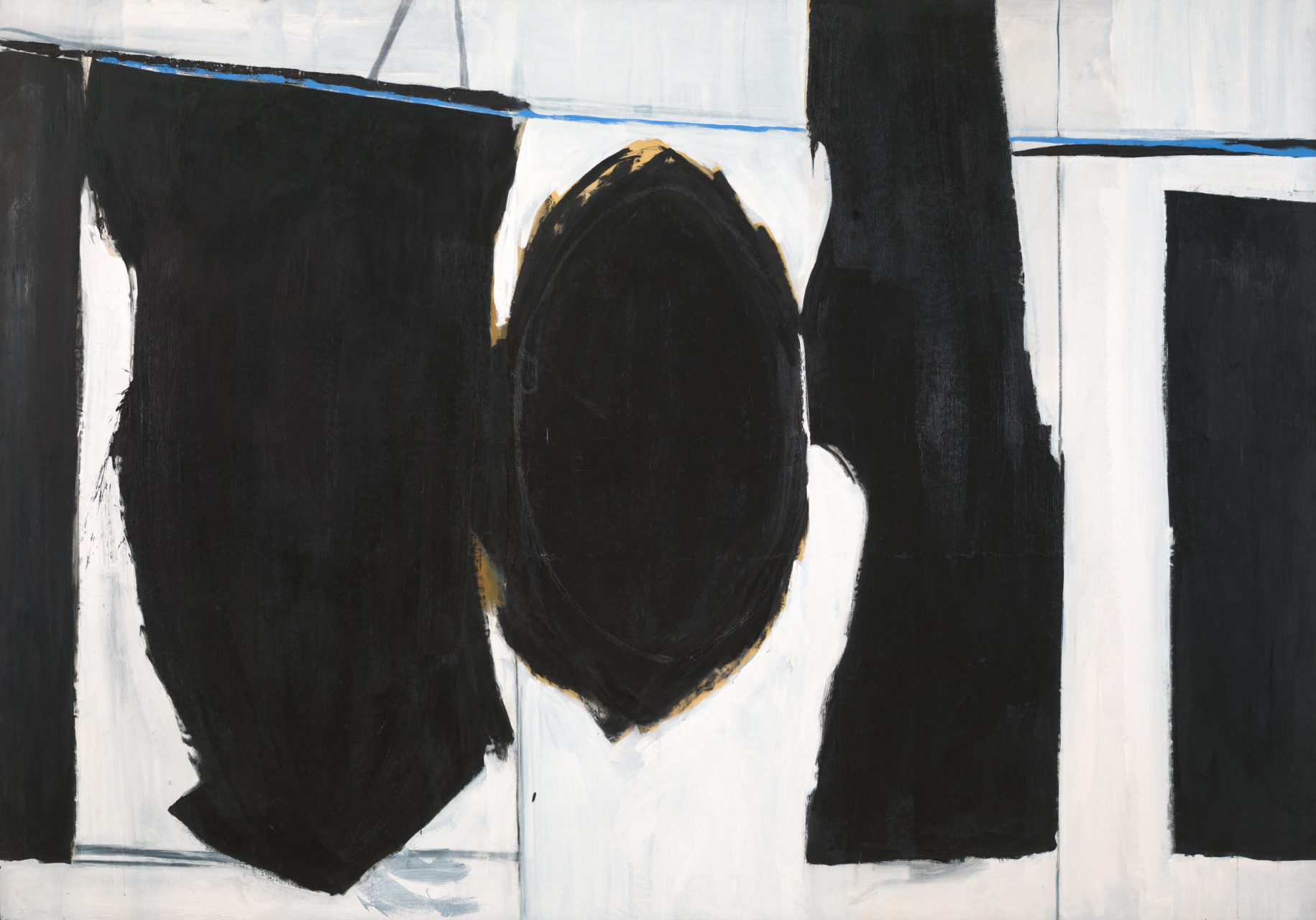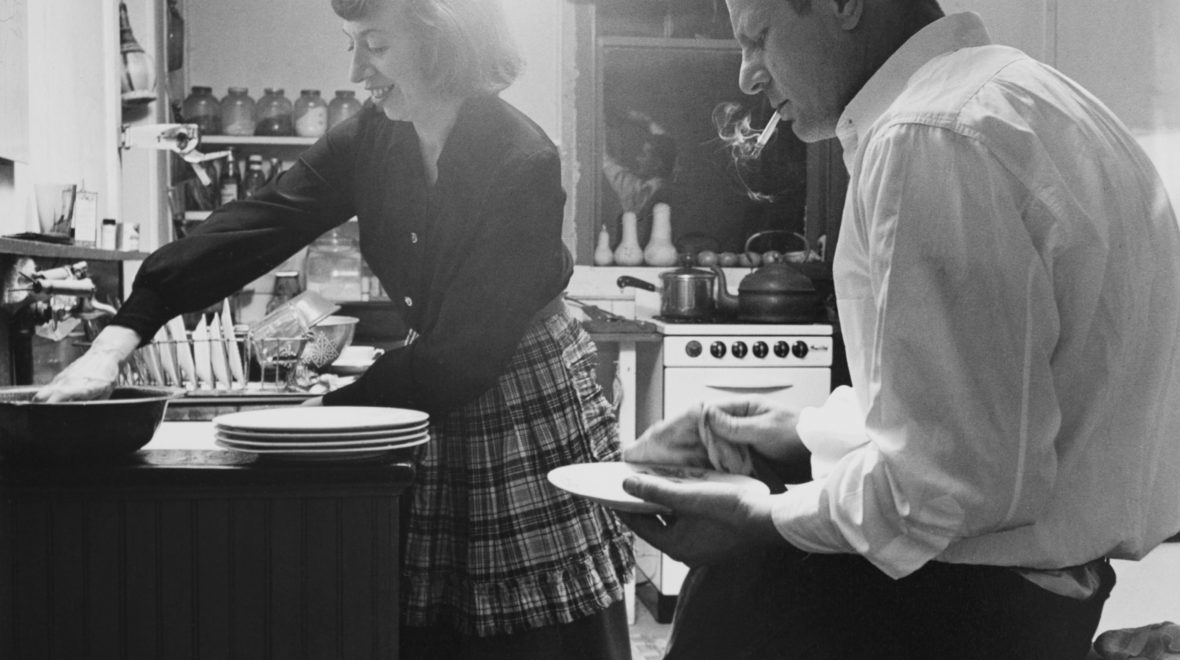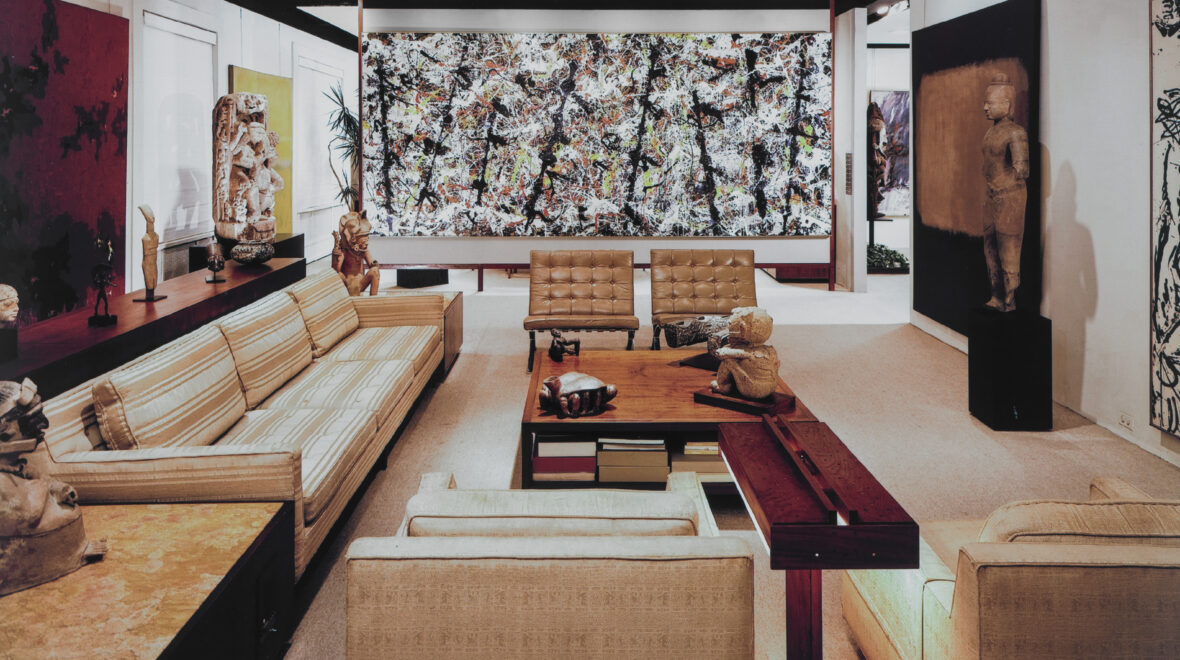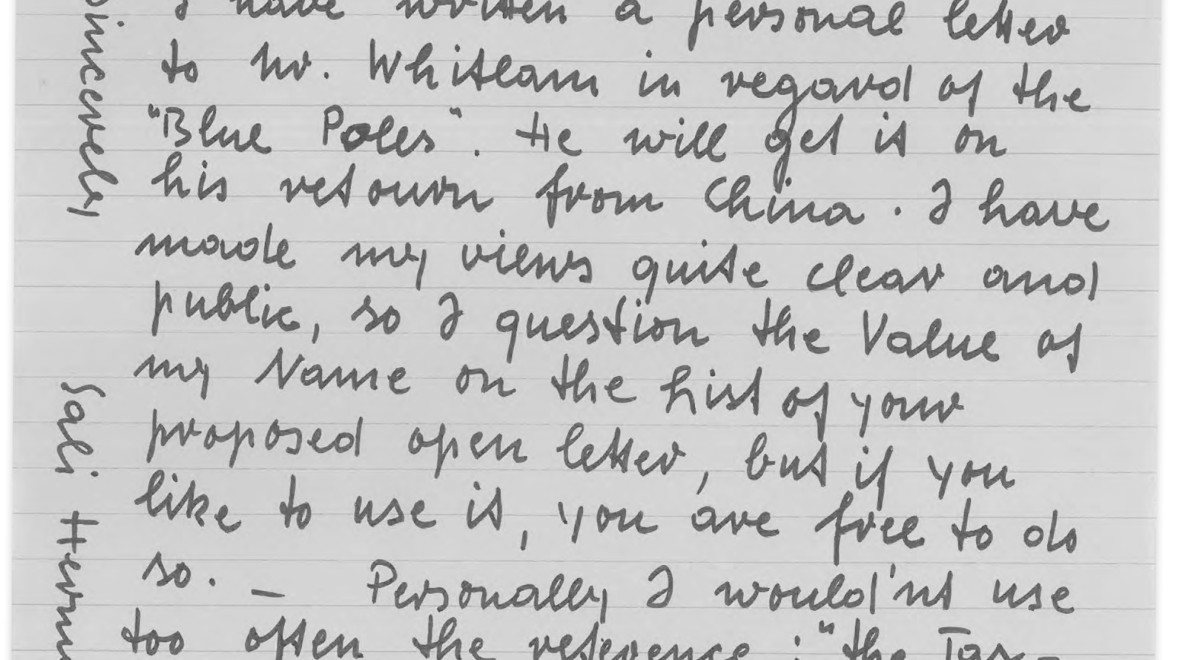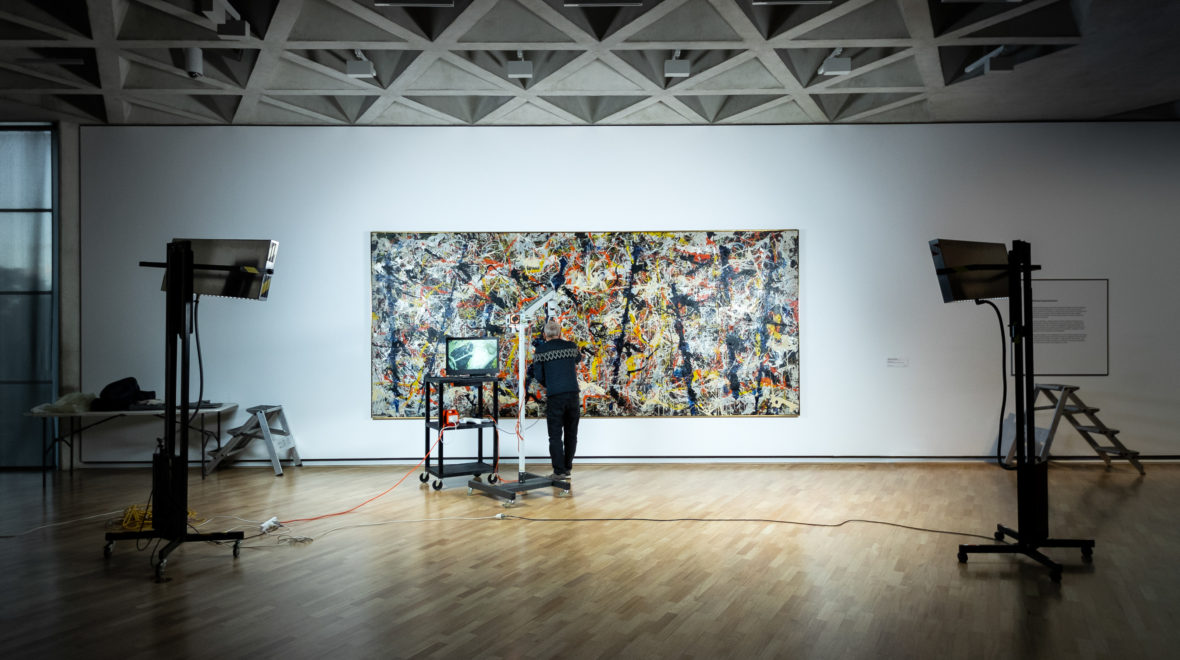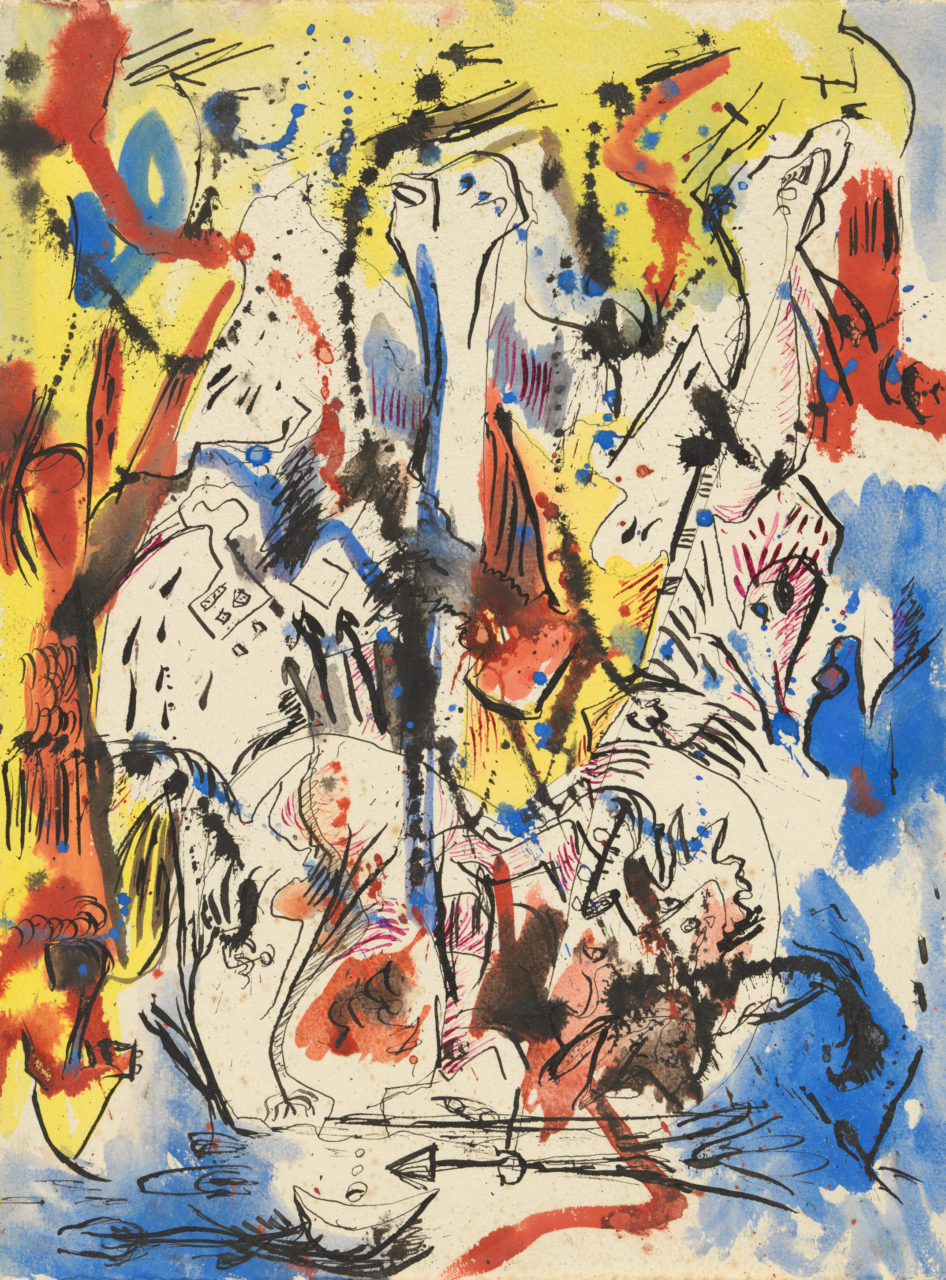
Jackson Pollock, Untitled, c.1944, National Gallery of Australia, Kamberri/Canberra, purchased 1985 © Pollock-Krasner Foundation. ARS/Copyright Agency
Jackson Pollock had a reputation as reclusive and shy, but he was surrounded by artists who shared the same concerns. The community of painters in 1940s New York was small and tight knit, which makes the story of artist Lee Krasner’s first meeting with Pollock even more extraordinary.
In November 1941, the artist John Graham had decided to curate an exhibition at the design firm, McMillen, in New York. The show was to feature European masters such as Georges Braque, Pablo Picasso and André Derain, alongside works by current American artists. Graham was enthusiastic to include the recent work of Lee Krasner. When she accepted the invitation, Krasner, a dynamic and well-connected individual, was shocked to find an unfamiliar name on the list: Jackson Pollock.
She recalled: ‘I was astonished because I thought I knew all the abstract artists in New York … who the hell is Jackson Pollock?¹
Not even Willem de Kooning had heard of Pollock, as he had kept a low profile while being mentored by artist Thomas Hart Benton. Graham’s exhibition, French and American Paintings, propelled Pollock into notoriety in New York’s avant-garde scene. He quickly established a reputation among the artistic community, both for his art and for his obtuse personality. Krasner, who he would eventually marry, was instrumental in establishing Pollock’s career and connections.
An emerging movement of ‘automatist’ artists was forming in New York. This was prompted, in part, by the generation of European Surrealists who had fled to the United States during the First World War. Among this cohort were older lyrical abstract painters such as Arshile Gorky and Hans Hofmann, as well a new generation of talent who would soon be identified as Abstract Expressionists such as Robert Motherwell, Willem de Kooning, Franz Kline, Mark Rothko and Lee Krasner. Pollock distinguished himself as a leading figure of this new movement, with favourable reviews and, infamously, endorsement by one of the early proponents of 20th century abstract art, Piet Mondrian. When Pollock was select by Mondrian for the 1943 exhibition Spring Salon for Young Artists at Peggy Guggenheim’s Art of this Century gallery, his reputation was cemented. This mythologised moment marked a shift of progressive abstract art from Europe to the United States of America.
¹Lee Krasner, quoted in Steven Naifeh & Gregory Smith, Jackson Pollock: an American saga, Clarkson Potter, New York, 1989, pp 391–2.
Works by Pollock and his Contemporaries
More
